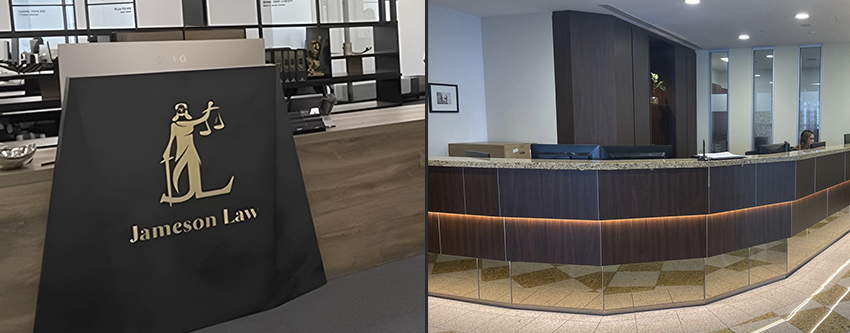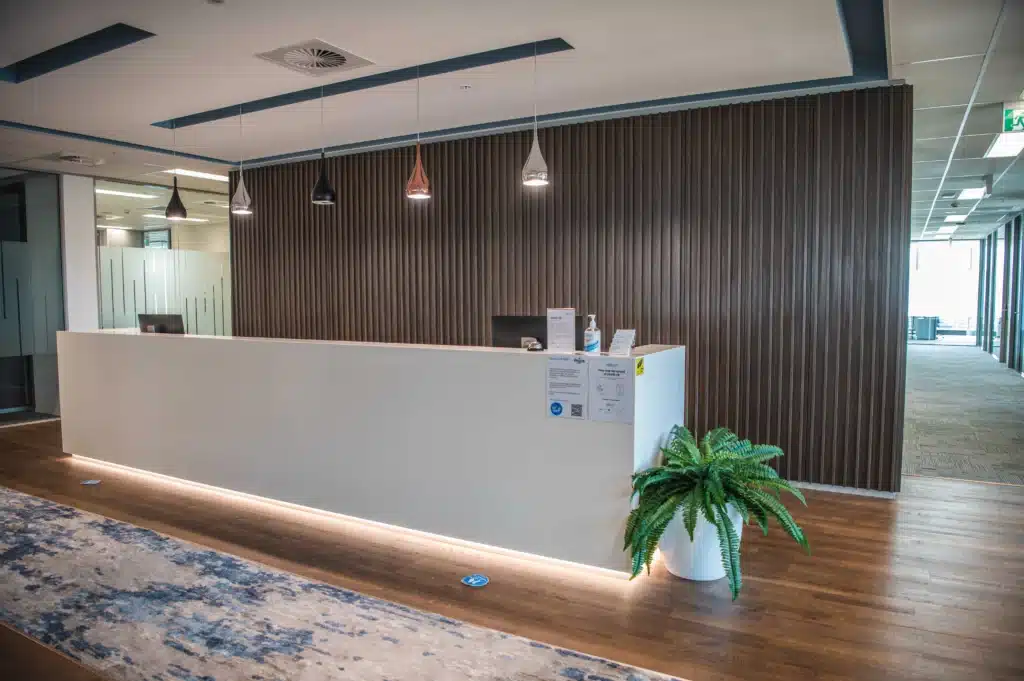Definition of a Public Liability Claim
A public liability claim is a claim for compensation to cover losses incurred as a result of sustaining an injury in a public area. In NSW, liability and damages are governed by the Civil Liability Act 2002 (NSW).
Common Public Areas Where Personal Injuries Occur
All public spaces have a legal obligation to ensure the safety of individuals who enter them. Public liability claims typically arise in various public settings, including:
Shopping centres and supermarkets:
If you sustain an injury because of unsafe conditions such as slippery floors, falling objects, or poorly maintained premises, there is potential to claim against the occupier. See practical prevention guidance on slips, trips and falls from SafeWork NSW.
Restaurants and cafes:
If you are injured due to staff or management negligence (for example wet floors, defective equipment, or food safety breaches) you may have a basis to claim. For allergy information, NSW Health provides resources on allergies and anaphylaxis.
Rental properties:
If you are injured because of a landlord’s negligence, such as faulty wiring, inadequate security, or structural defects, a claim may be available against the owner’s public liability insurer.
Schools and other public places:
If you or your child is injured due to unsafe facilities or inadequate supervision, you may be able to seek compensation from the responsible authority. Injuries also frequently occur in parks, recreational areas, hotels and stadiums.
Grounds for Filing a Public Liability Claim
Public liability claims are multifaceted. While your lawyer will assess the viability of your case, three core criteria often apply:
- You suffered your injury in a public space.
- The injury resulted directly from someone else’s negligence.
- You incurred financial or non-financial losses due to the injury.
Negligence refers to a failure to take reasonable care that results in harm to another person. In this context, it is the occupier’s breach of duty of care. For an overview of elements and evidence, see our personal injury law guide.
The Process of Public Liability Claim
Here are the basic steps in the claims process:
- Collect evidence of the accident (photos of the hazard, witness details, incident reports).
- Have injuries assessed and obtain medical evidence (GP notes, scans, specialist reports).
- Identify the responsible occupier or owner and their public liability insurer.
- If liability is accepted, the insurer may offer a settlement. Many matters resolve without court proceedings. You can read our practical walkthrough on how to file a public liability claim.
- If liability is denied or settlement cannot be reached, court proceedings may be required. The Local Court’s civil jurisdiction information is here for reference: NSW Local Court civil jurisdiction.
Public liability claims often settle within 12 to 18 months, although timelines vary with complexity and court availability.
Public Liability Claim – Heads of damages
Depending on the extent of your injuries, you might be able to claim compensation for:
- Lost income
- Medical expenses
- Travel expenses
- Domestic assistance
- Pain and suffering
- Permanent impairment
- Future losses
If you cannot work, you might also be entitled to a lump sum TPD payment through your super fund. See our TPD claim guide and superannuation claims page.
Factors Influencing Compensation Amount
- Severity of the injury: Long-lasting or permanent harm generally increases damages, particularly where ongoing treatment is required.
- Age and life expectancy: Younger claimants may require compensation that accounts for longer-term needs.
- Pre-existing conditions: Damages may be adjusted if the incident aggravated an existing condition.
- Future medical needs: Ongoing treatment, surgery, medication and therapy are costed into future losses where appropriate.
Time limits
In NSW, most personal injury actions should be started within three years from the date of discoverability (when you knew or ought reasonably to have known you had a claim). A long-stop period of 12 years from the date of the act or omission can also apply. Different rules can apply for children and persons under a disability. See the Limitation Act 1969 (NSW) and get advice early.
Public liability claims can be complex, so it is strongly advised that you engage an experienced lawyer to manage the process. We offer no win, no fee options in eligible matters and a dedicated public accident team. Speak with Jameson Law’s personal injury lawyers or contact us on (02) 8806 0866 for tailored guidance.













